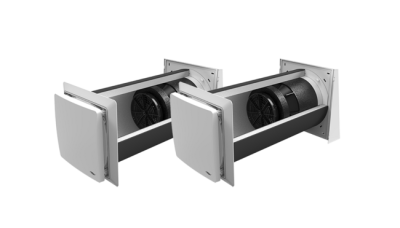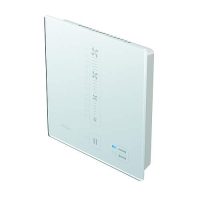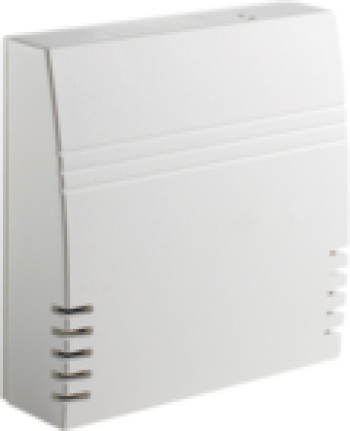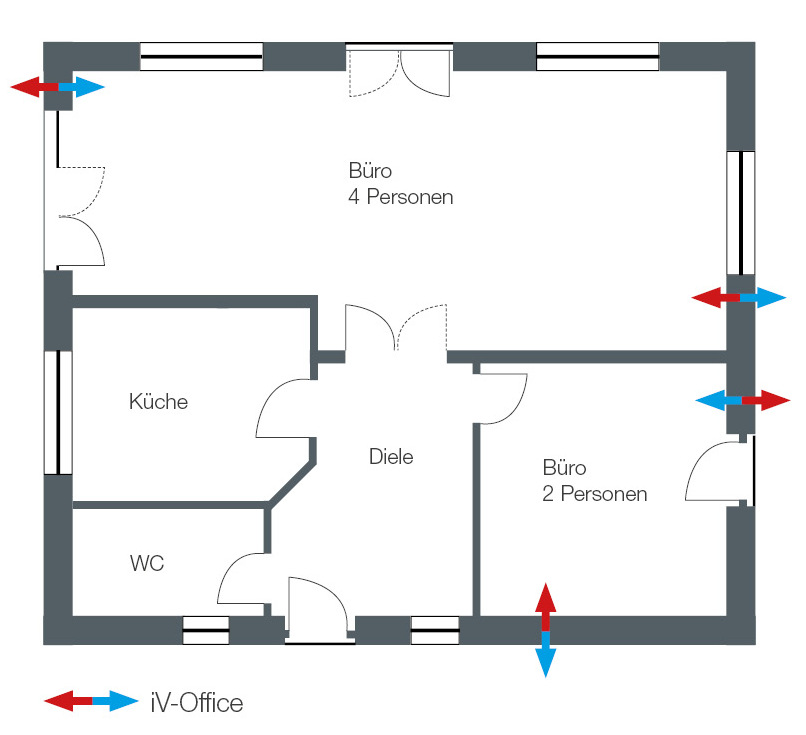Correct ventilation in the office
Healthy air in the office thanks to the right ventilation system
Office workers spend many hours a day at work. There is often a loud discussion here with colleagues, talking on the phone or simply working quietly. The concentration of CO2 increases rapidly in the interior. But aerosols, tiny particles loaded with viruses, also accumulate in the room air. Regular ventilation in the office therefore not only promotes concentration and prevents headaches. Air exchange is essential when it comes to avoiding infection with infectious diseases. In the following we would like to present the ventilation options and what independent ventilation can look like in the office.

Disadvantage of preventive (intermittent) ventilation in the office: The room air cools down quickly, especially in winter, we freeze and have to re-heat at an expensive rate. And once our feet are cold, we are also more susceptible to supposedly harmless cold viruses.
Mechanical ventilation can help here. With decentralized ventilation devices with heat recovery, a continuous air exchange can be established, which reduces the intermittent ventilation intervals in the event of aerosol or CO2 peaks to a minimum. The big advantage here: Installed in the outer walls, retrofitting a ventilation system in the office is quick and easy.
Workplace guidelines for indoor air hygiene and ventilation in the office
Office rooms must be designed in such a way that: “There is sufficient health-beneficial breathing air available” (ASR A3.6, p.3). Requirements for free ventilation via windows and ventilation via mechanical ventilation systems are set out in the workplace guidelines ASR A3.6 and A3.7.
CO2 concentration as a benchmark for indoor air quality
The CO2 concentration is a recognized measure for evaluating indoor air quality. According to the Workplace Directive, this should not exceed 1,000 ppm. This can be achieved by opening the windows, mechanical ventilation or a combination of both. A ventilation system for offices can easily be retrofitted.
Strong ventilation for office spaces
Working in the fresh air with the 4in1 office set

Your advantages:
In offices where several people are present, the CO2 concentration increases rapidly. The iV-Office ensures fresh, oxygen-rich air through a continuous change of air. The regular exchange of air also ensures that the virus concentration in the interior is reduced.
The inVENTer ventilation systems can easily be retrofitted using a core hole.
Healthy air doesn’t have to be cool. In the heart of our fans there is a ceramic core that first stores the heat from the inside air and then releases it back to the incoming outside air in a second step.
The 4in1 office set

iV-Office – twice as strong together
Healthy indoor air thanks to the Xenion EFP fan with maximum performance and minimum noise. The increased speed ensures a steady, healthy exchange of air.

sMove s8 – Touch & Slide
The sMove s8 controller, including the pause function, controls up to 4 connected systems. The ventilation intensity is set intuitively with Touch & Slide.

CS1 – CO2 sensor
The CO2 sensor monitors the concentration of CO2 in the room air.
Demand-controlled ventilation ensures healthy air quality in the office.
- Discharge used room air
- Minimize the risk of infection
- Easy retrofitting in the outer wall
- Set ventilation intensity intuitively
- Heat recovery through ceramic core
- Fresh air at a comfortable temperature
Minimize contamination in the office through ventilation
In addition to removing CO2, the mechanical ventilation in the office also prevents infections. Existing aerosols are transported to the outside via the devices, the fresh air supplied lowers the concentration of the aerosols in the room air.
The combination of mechanical ventilation with heat recovery and window ventilation is an effective way of bringing healthy fresh air into the office without excessive heat loss.
The use of efficient ventilation systems in the office can completely replace ventilation via the windows or, as ventilation support, reduce window ventilation to a minimum.
The following example shows the ventilation with the iV-Office for these two options.


Alternatives on how to keep the CO2 limit value with correct ventilation in the office
- Intermittent ventilation through windows: 3-10 min/h
- Ventilation with a ventilation system: approx. 30 m³/h per person
- Combination of boost ventilation and mechanical ventilation
Planning example for ventilation in offices ...
Requirements:
- 30 m³ / h per person
- Required outside air volume flow for 2 people through the ventilation system = 60 m³ / h
In this case, the iV-Office is designed with 30 m³/h per device, resulting in an outside air volume flow of 60 m³/h with 2 devices in the room (one device pair). This means that there is no need for additional ventilation in the office – especially in the cold winter months.
Conclusion:
The workplace directive is met. No further action is necessary.
Requirements:
- 30 m³/h per person
- Required outside air volume flow for 4 people through the ventilation system = 120 m³/h
In this case, the iV-Office is designed with 30 m³/h per device, resulting in an outside air volume flow of 60 m³/h with 2 devices in the room (one device pair). This design corresponds to a volume flow of 15 m³/h per person.
Conclusion:
The requirement of the workplace guideline of 30 m³/h per person is not completely fulfilled in a 4-person office without additional ventilation. Continuous basic ventilation, however, is achieved within the specified sound emission requirements (here: 40 dB(A)).
Halve the boost ventilation intervals
In the example of the 4-person office, the air exchange can be temporarily increased to up to 90 m³ / h before and after use.
In this case, the missing outside air volume flow can be reached through the windows. By fulfilling the requirements to 50%, the required number of forced ventilation can be halved. In the example of the 4-person office, this means: ventilate every 2 hours
Your advantages:
- Infection prevention through the removal of aerosols
- Low virus concentration due to the high proportion of fresh air
- Reduction of window opening cycles



